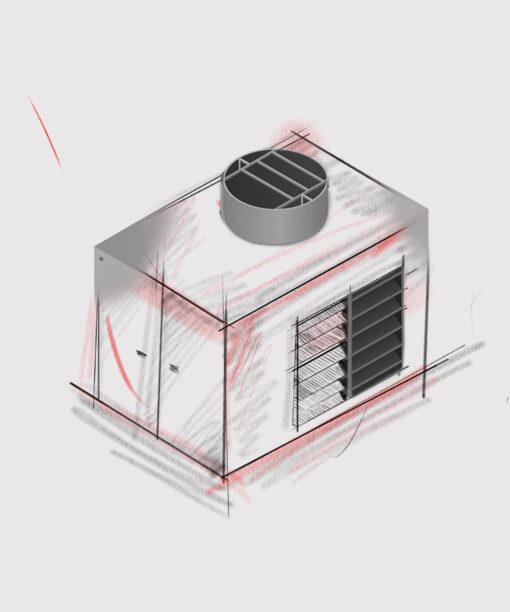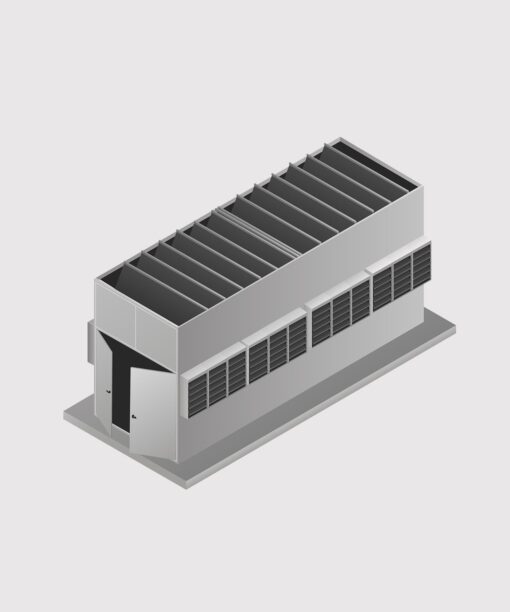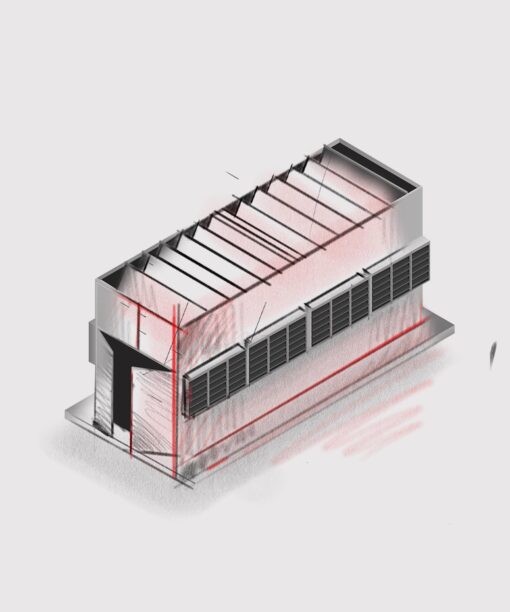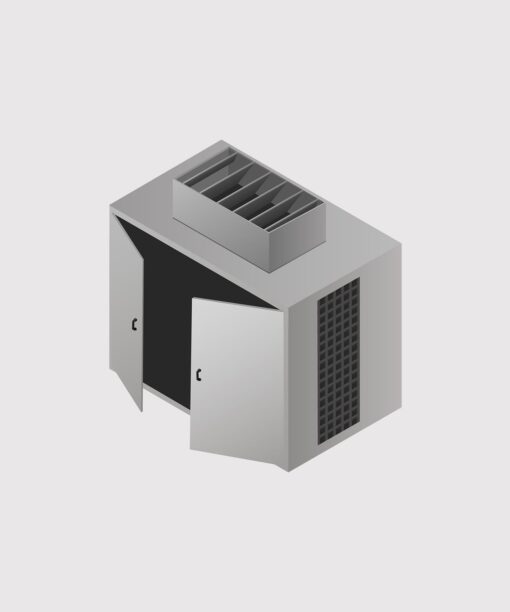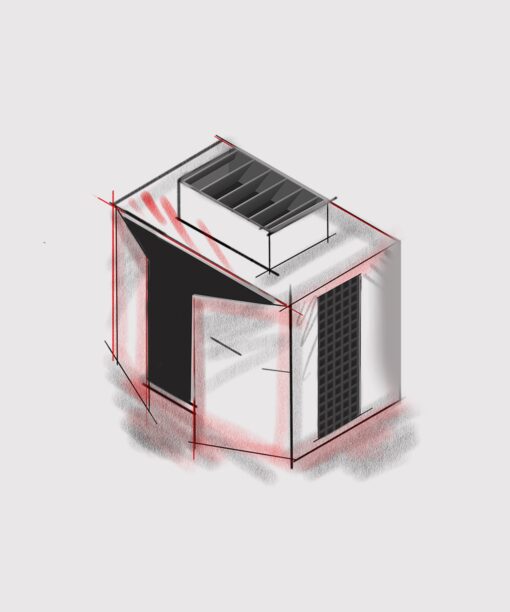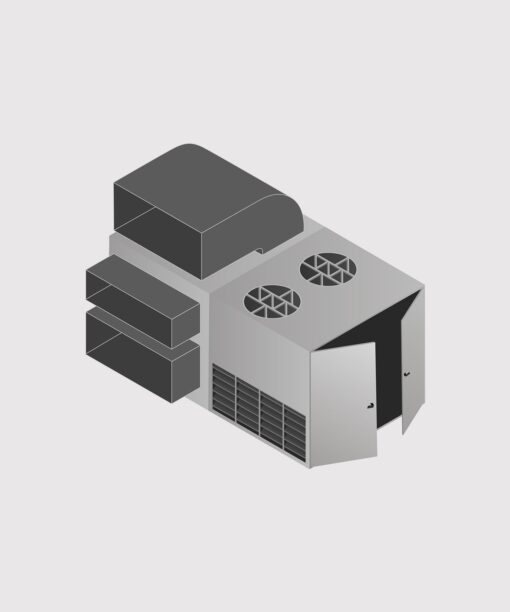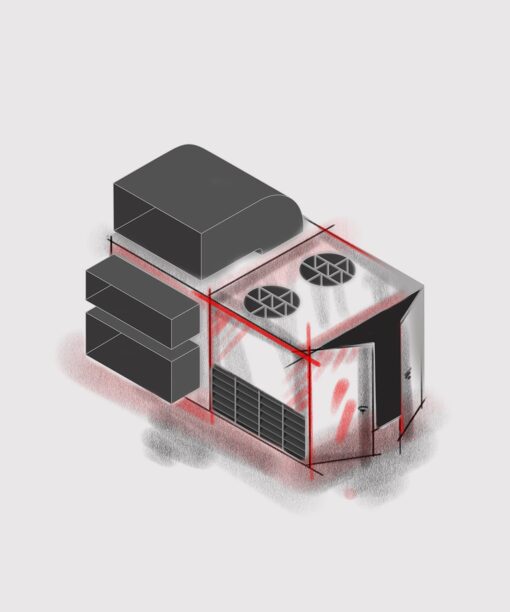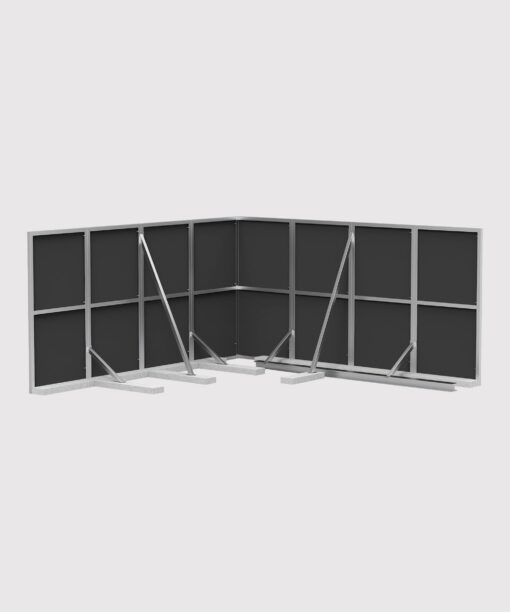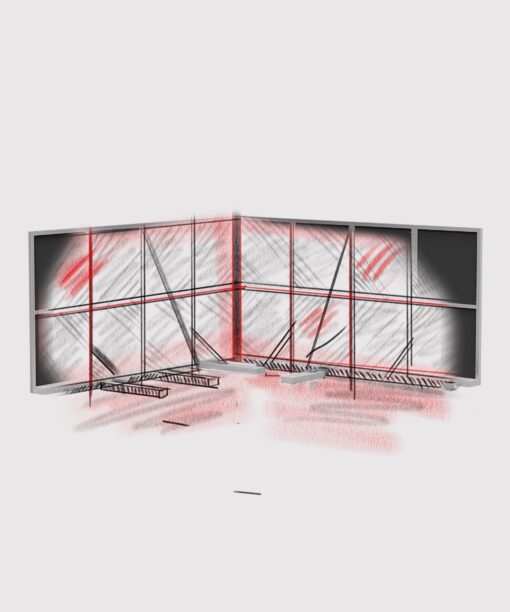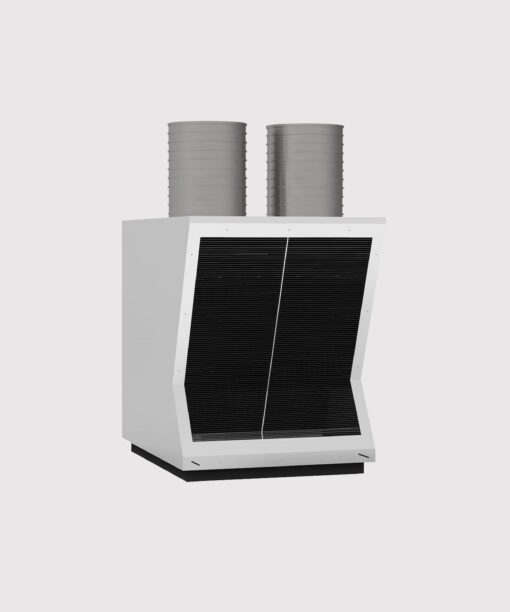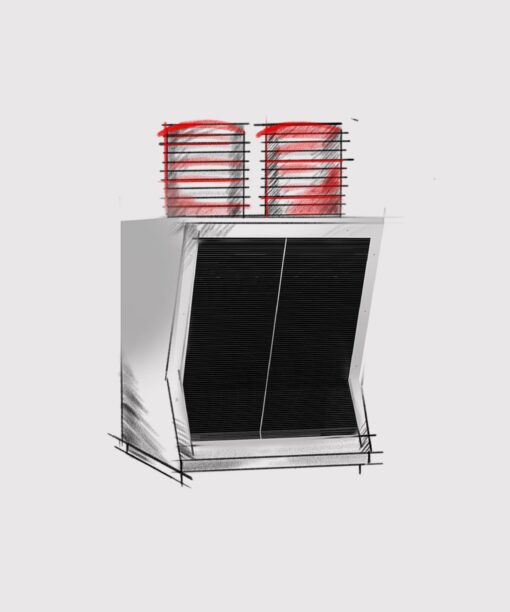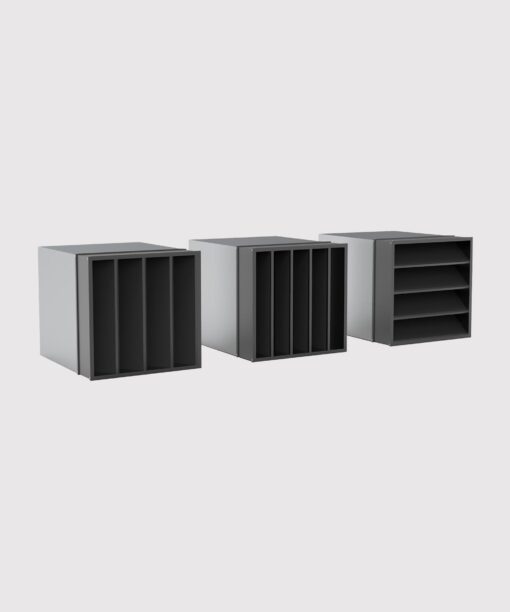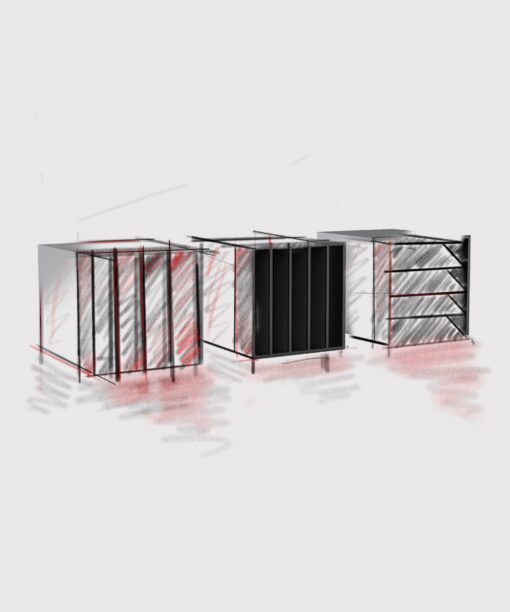READY-TO-USE ACOUSTIC SOLUTIONS
fonois
Solutions for the acoustic insulation of data centre systems
Fonois provides high-performance soundproofing systems for equipment installed in data centres, offering modular solutions such as soundproof casings, noise barriers, and aphonic grilles, specifically designed to limit sound emissions.
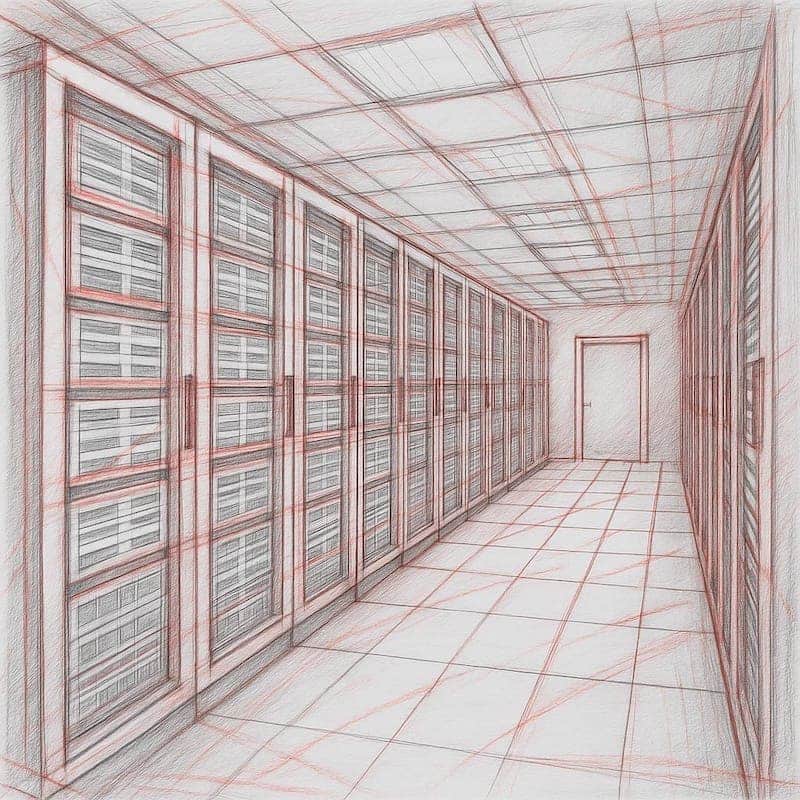
Why reduce noise emissions in data centres
In data centres, cooling systems are essential to maintain optimal operating temperatures, prevent servers from overheating and ensure system reliability and performance.
These systems can generate high noise levels, potentially affecting the acoustic comfort of nearby communities and on-site personnel. The most logical solution is to soundproof the outdoor units of refrigeration systems. However, conventional soundproofing solutions typically use rock wool, a material that compromises system efficiency, leading to oversizing and increased energy consumption.
Why choose Fonois for acoustic insulation of systems
Fonois soundproof casings effectively address this issue. Through the effectiveness of Slim Hurdle™ and Quiet Leaf™ technologies, they preserve full performance of the equipment on which they are installed, while significantly reducing the overall footprint. Their compact design ensures installation within regulatory clearance distances, making them ideal even for the densely packed technical areas of data centres. Energy consumption in data centres is a critical concern. Cooling systems alone can generate up to 40% of a site’s total energy consumption. Maintaining the efficiency of these systems can make a real difference in medium- and long-term maintenance costs.
With acoustic solutions such as SH Pod Advanced, outdoor HVAC systems can now be soundproofed while reducing energy consumption thanks to thermal protection against solar radiation, degradation, and environmental elements, including hail. In data centres, noise from cooling systems is primarily generated by high-flow fans in AHUs and air conditioners, pumps and compressors in cooling circuits, local fans in racks or CRAC units, turbines or expansion systems, as well as vibrations transmitted through structures and ducts.


